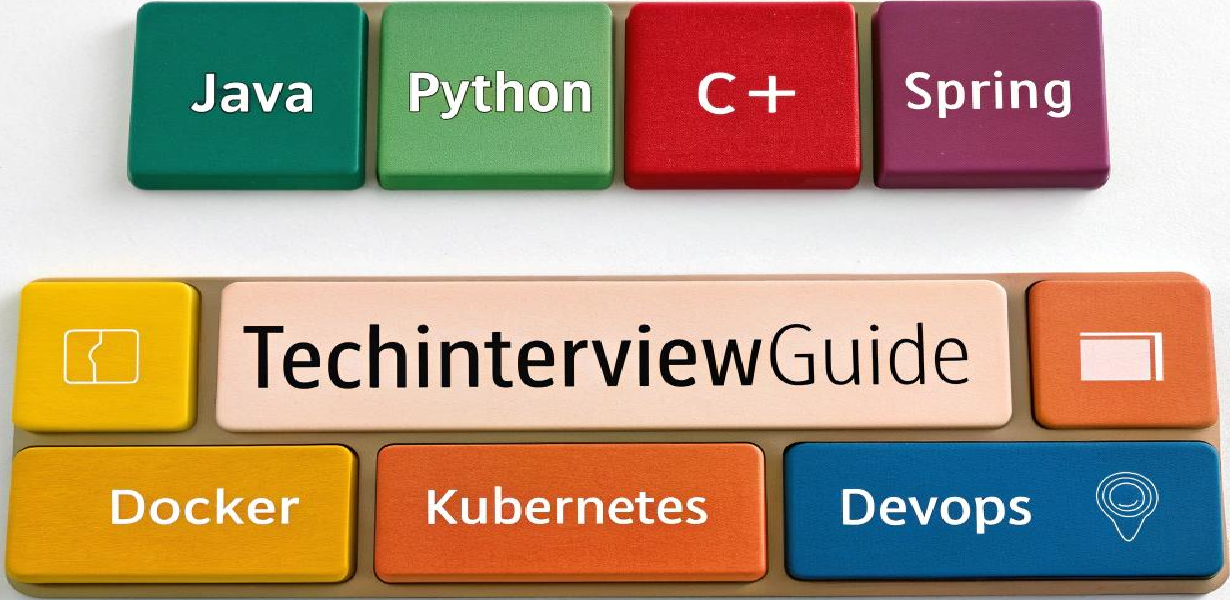Learn the key differences between PriorityQueue and Queue in Java, complete with code examples and performance considerations.
Introduction
In Java, PriorityQueue and Queue are two crucial classes in the Java Collections Framework. While both are used for managing collections of objects in a sequential manner, they have distinct differences in terms of functionality, performance, and use cases. Understanding these differences is vital for choosing the right data structure for your application.
In this guide, we’ll walk through the key differences between the two, demonstrate their behaviors using practical code examples, and explain when to use one over the other.
What is a Queue in Java?
A Queue in Java represents a collection designed to hold elements in a sequence, typically for processing them in the order they were added. The queue follows the FIFO (First In First Out) principle, meaning that the first element added will be the first to be removed.
The Queue interface is a part of Java’s java.util package and provides methods to add, remove, and examine elements in the queue. Here’s a simple example of using a Queue with LinkedList, which implements the Queue interface:
import java.util.*;
public class QueueExample {
public static void main(String[] args) {
Queue queue = new LinkedList<>();
queue.offer(10);
queue.offer(20);
queue.offer(30);
System.out.println("Queue: " + queue); // Output: [10, 20, 30]
// Removing elements
System.out.println("Removed: " + queue.poll()); // Output: 10
System.out.println("Queue after removal: " + queue); // Output: [20, 30]
}
}
In the above example, elements are added using the offer() method, and elements are removed using the poll() method, adhering to the FIFO principle.
What is a PriorityQueue in Java?
PriorityQueue is a class in Java that implements the Queue interface but with a key difference: it does not follow the FIFO principle. Instead, it stores elements in a way that allows them to be processed according to their priority.
By default, the PriorityQueue orders elements according to their natural ordering (i.e., based on the compareTo() method). However, you can also provide a custom Comparator to define a different priority order.
Here’s a basic example of using a PriorityQueue in Java:
import java.util.*;
public class PriorityQueueExample {
public static void main(String[] args) {
PriorityQueue priorityQueue = new PriorityQueue<>();
priorityQueue.offer(30);
priorityQueue.offer(10);
priorityQueue.offer(20);
System.out.println("PriorityQueue: " + priorityQueue); // Output: [10, 20, 30]
// Removing elements (highest priority is removed first)
System.out.println("Removed: " + priorityQueue.poll()); // Output: 10
System.out.println("PriorityQueue after removal: " + priorityQueue); // Output: [20, 30]
}
}
In the above example, the PriorityQueue automatically sorts the elements in natural order, which in this case is ascending order. When elements are removed, they are dequeued in the order of their priority (the smallest element in the case of integers).
Key Differences Between Queue and PriorityQueue
Here are the key differences between the Queue interface and the PriorityQueue class:
| Feature | Queue |
PriorityQueue |
|---|---|---|
| Ordering | FIFO (First In, First Out) order | Ordered by priority (natural order or custom comparator) |
| Default Behavior | Maintains insertion order | Orders elements by priority |
| Performance | Constant time for adding and removing elements (O(1)) | Logarithmic time for adding and removing elements (O(log n)) due to heap structure |
| Use Case | Used when elements should be processed in the order they were added | Used when elements should be processed based on priority |
| Thread Safety | Not thread-safe (use ConcurrentLinkedQueue for thread-safe behavior) |
Not thread-safe (use PriorityBlockingQueue for thread-safe behavior) |
When to Use Queue and PriorityQueue
Choosing between Queue and PriorityQueue depends on the specific needs of your application:
- Use
Queue: When you need a simple FIFO structure, such as in the case of processing tasks in the order they were submitted (e.g., job scheduling). - Use
PriorityQueue: When you need to process elements according to their priority rather than the order in which they were added. This is useful in scenarios such as implementing Dijkstra’s algorithm, task scheduling with priorities, or managing a list of items with different importance levels.
Performance Considerations
While both Queue and PriorityQueue allow for efficient insertion and removal of elements, the PriorityQueue comes with an overhead due to the need to maintain the ordering of elements. This results in PriorityQueue operations (like insertion and removal) having a time complexity of O(log n), whereas Queue operations generally have constant time complexity (O(1)) when implemented with a LinkedList or ArrayDeque.
Therefore, if the priority-based ordering isn’t needed, a Queue implementation such as LinkedList might be a better choice for performance-sensitive applications.

